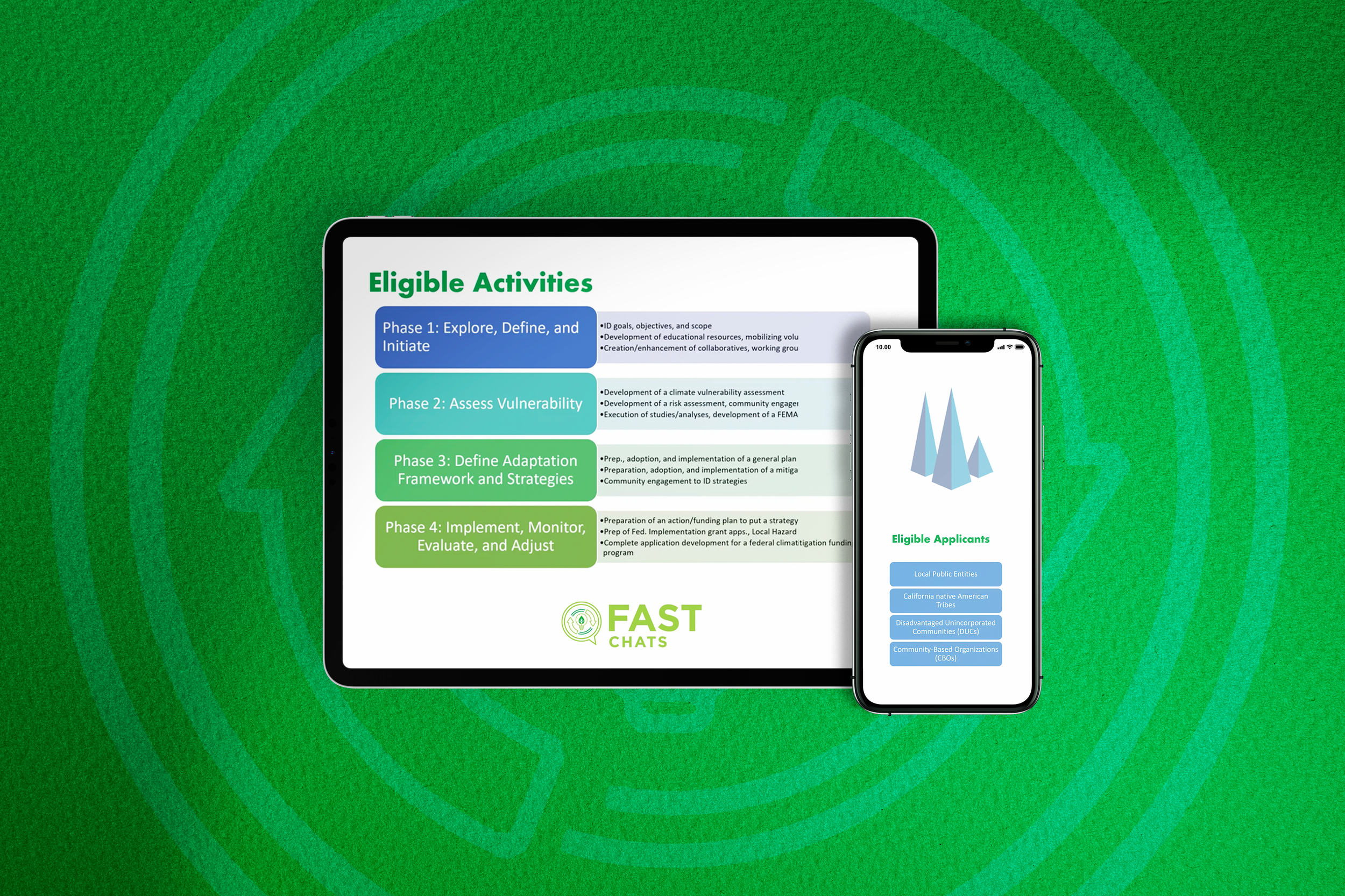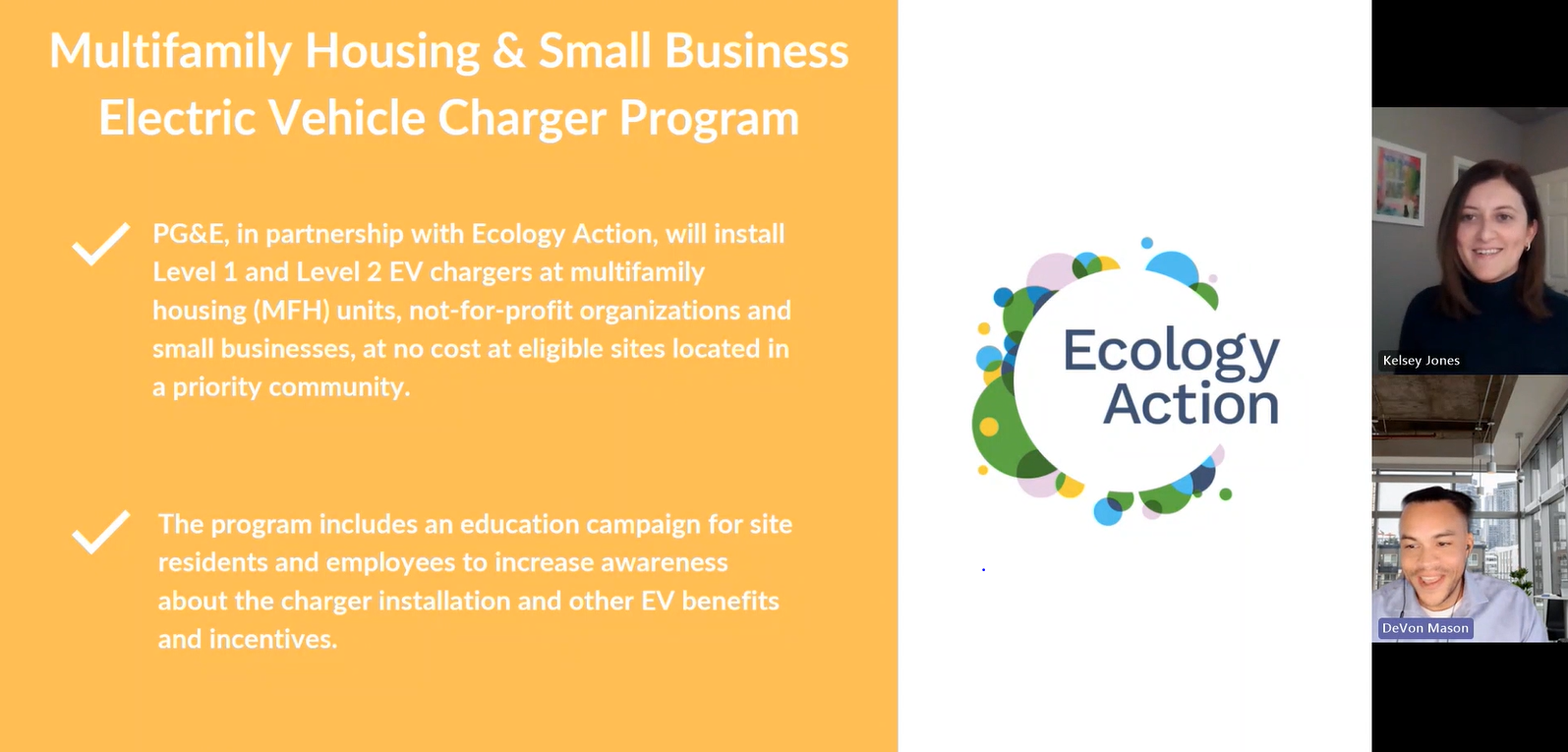Welcome to EE Regulatory Roundup, your quarterly guide to navigating California's ever-evolving energy efficiency landscape. In each edition, we'll break down the essential regulatory updates, policy changes, and program developments that matter most to energy efficiency practitioners across the state. Consider this your trusted resource for staying informed, understanding what's changing, and knowing exactly what it means for your work in the field.
Welcome to EE Regulatory Roundup, your quarterly guide to navigating California's ever-evolving energy efficiency landscape. In each edition, we'll break down the essential regulatory updates, policy changes, and program developments that matter most to energy efficiency practitioners across the state. Consider this your trusted resource for staying informed, understanding what's changing, and knowing exactly what it means for your work in the field.
Our December playlist is packed with holiday classics and festive favorites to keep your spirits bright as you reflect on the year's achievements and look ahead to all the possibilities 2026 will bring.
Welcome to EE Regulatory Roundup, your quarterly guide to navigating California's ever-evolving energy efficiency landscape. In each edition, we'll break down the essential regulatory updates, policy changes, and program developments that matter most to energy efficiency practitioners across the state. Consider this your trusted resource for staying informed, understanding what's changing, and knowing exactly what it means for your work in the field.
Our December playlist is packed with holiday classics and festive favorites to keep your spirits bright as you reflect on the year's achievements and look ahead to all the possibilities 2026 will bring.
As more households consider their cooking fuel choices and the environmental impact of their kitchens, clean cooking has never been more relevant. Whether you're curious about making the switch to induction, exploring multi-functional appliances, or simply looking for budget-friendly ways to improve your kitchen's efficiency, this series has something for everyone.
Two weeks until Thanksgiving- which can mean a lot of things: getting ready for a road trip to see family, prepping to make sure the house is in pristine condition, or just excitement for some days off. No matter how or where you are celebrating, the SJVCEO wants to be sure the music is right for you! Check out our favorite playlist- clean cooking!
As a practitioner of energy efficiency (EE), I often take it for granted that everyday folks understand not only the importance of EE programs but also the role they play in advancing technologies. Did YOU know that EE programs drive technological innovation? One could argue that one of the primary purposes of EE programs is to advance EE technology. To understand this, let’s talk about EE programs and what they aim to accomplish.









































